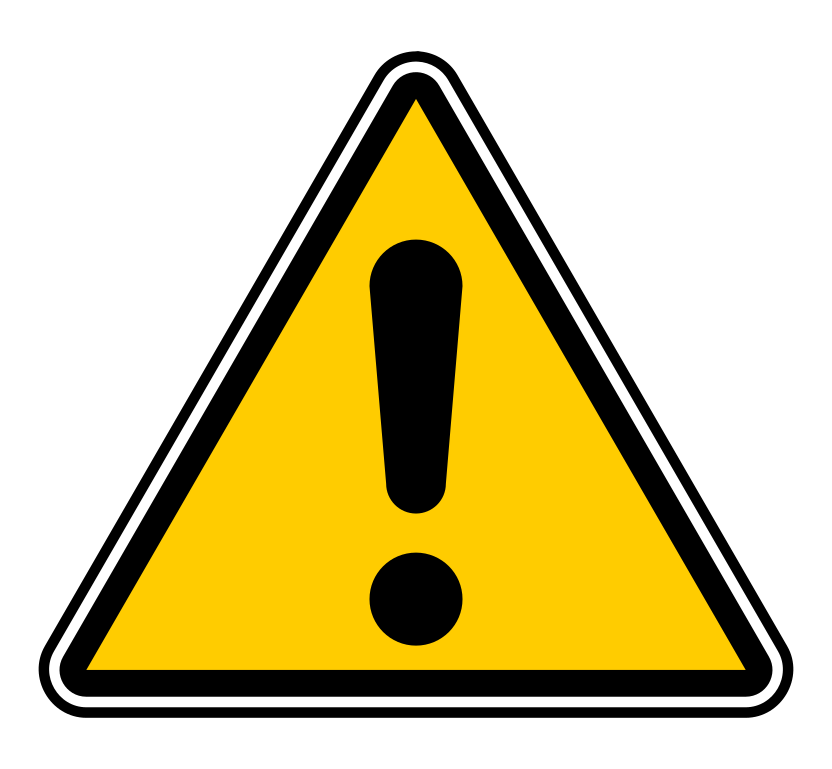Question:
Ruth Sheets
This was a chat question in the May 2015 Q&A Webinar:
Is it true that ICD10 will only take (most insurance companies) only 4 dx codes?
I've done some research, and this is false.
The National Uniform Claim Committee (NUCC) latest version of the 1500 Health Insurance Claim Form Reference Instruction Manual is for Form Version 02/12 - published in July 2014 and is called Version 2.0 7/14. It can be found here: http://www.nucc.org/images/stories/PDF/1500_claim_form_instruction_manual_2012_02-v2.pdf
In this manual, it states:
I've tried to summarize the relevant rules here, but if you are confused, try reading the instruction manual (see link above) because it is quite clear and shows you the form where you would put in the codes, so I think that will help you.
Answer Thread:
Ruth Sheets
This was a chat question in the May 2015 Q&A Webinar:
Is it true that ICD10 will only take (most insurance companies) only 4 dx codes?
I've done some research, and this is false.
The National Uniform Claim Committee (NUCC) latest version of the 1500 Health Insurance Claim Form Reference Instruction Manual is for Form Version 02/12 - published in July 2014 and is called Version 2.0 7/14. It can be found here: http://www.nucc.org/images/stories/PDF/1500_claim_form_instruction_manual_2012_02-v2.pdf
In this manual, it states:
- You can specify up to 12 diagnosis codes in Item Number 21 (on the form) that relate to the reason the services (CPT codes) were performed.
- If more than 12 diagnoses are required to report the line services, the claim must be split and the service related to the additional diagnoses must be billed as a separate claim.
- In Item 24E (on the form) you can specify up to 4 diagnoses pointers per service. (Each diagnosis pointer points to a diagnosis code given in Item Number 21 on the form).
- These rules apply to either ICD9 or ICD10-CM (when mandated).
I've tried to summarize the relevant rules here, but if you are confused, try reading the instruction manual (see link above) because it is quite clear and shows you the form where you would put in the codes, so I think that will help you.
Answer Thread:


